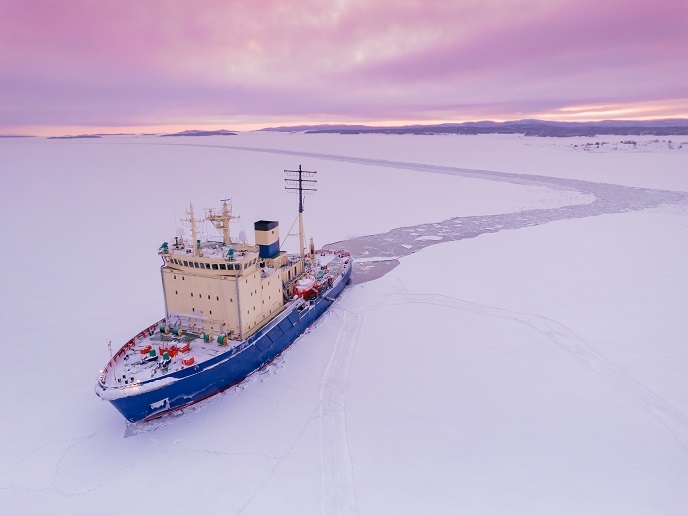Creating a coherent observing system for the Arctic
In the Arctic, the effect of human-induced global warming is being felt faster than anywhere else on the planet. These changes have an environmental, societal and economic impact both locally and, due to the Arctic’s role in the global climate system, far beyond the region. This highlights the need for a sustained and accessible pan-Arctic observing system of systems, tuned to the diverse needs of users – from local inhabitants to academia, industry and decision-makers inside and outside the Arctic region. Although there have been several advances in integrating Arctic observations, the various components of current observation systems are fragmented. The Arctic PASSION(opens in new window) project aims to improve the situation by co-creating and implementing a coherent, integrated Arctic observing system of systems. It builds on the work which was developed in the context of the INTAROS(opens in new window) project. Developed via international collaboration, including with Indigenous and local communities, the project’s pan-Arctic Observing System of Systems (pan-AOSS) aims to provide continuous unrestricted, high-quality, science-based Earth Observation information tuned to address the urgent needs of people living and working in the Arctic. The project is also contributing to EuroGEO(opens in new window) activities and the Arctic Window of Copernicus(opens in new window).
Forecasting the growing threat of Arctic air pollution
The pan-AOSS is comprised of numerous services. One of those services, the Local Atmospheric Pollutant Forecast Service(opens in new window), was recently presented to representatives, policymakers and other Arctic stakeholders during the Arctic Frontiers Conference(opens in new window) in Tromsø, Norway. The Local Atmospheric Pollutant Forecast Service was developed at the European Commission’s Joint Research Centre(opens in new window) in Ispra, Italy, in collaboration with the Italian National Research Council(opens in new window). Using artificial intelligence, the service provides PM10 particulate pollution(opens in new window) forecasts for the upcoming 24 hours for Finland, Iceland, Norway and Sweden. These forecasts are made available via a dedicated website designed for a non-scientific audience. It features an interactive map where users can easily visualise and download PM10 pollution data at the selected geographical location.
Measuring permafrost and lake ice
The pan-AOSS also includes a Permafrost Service. The portal provides interactive maps of recent information on land surface changes, hot spots of disturbance, and potential areas of active permafrost thaw and erosion. The service was recently tested in Alaska(opens in new window). Another key component of the pan-AOSS is the Lake Ice Service(opens in new window), a web-based map for Arctic climate and safety. Designed for everyone who needs information about lake ice conditions, the service collects and combines data from different sources for lake ice networks and water temperature data, as well as citizen-based observations, and visualises it in a way that is easy to access and understand. More information on the project and all its various services can be found here(opens in new window).



